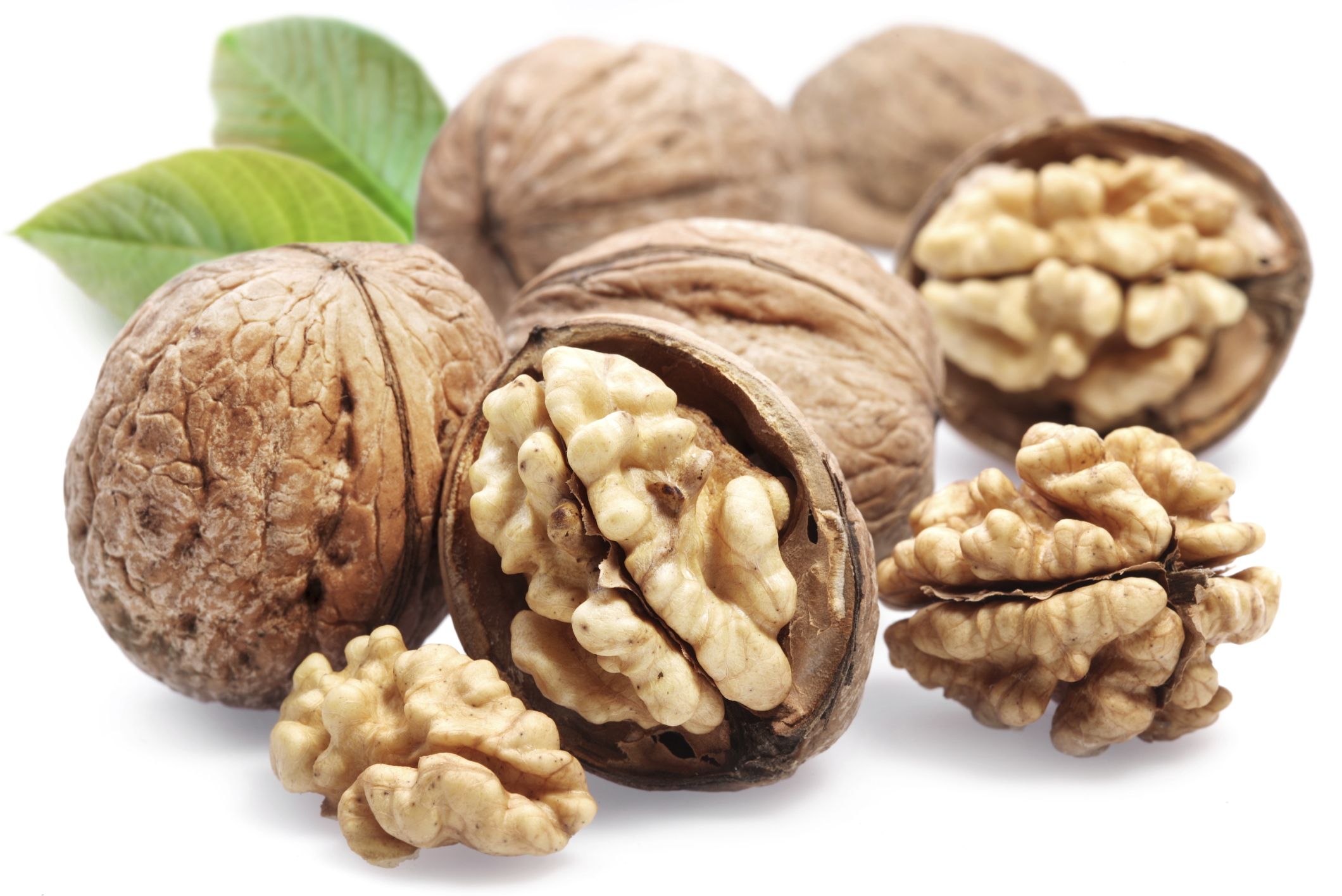One of the most frequent questions is “what is the most
nutritious food that I can eat?”, or “what one food will make me feel better?”
We read and hear so much about "miracle foods". There are lists
of the "Top 10 Miracle Foods". And Dr. Oz always tells his audience
about the latest miracle food. Whether it is pomegranates, raspberry
ketones, acai berry, or moringa, everyone wants something, anything, that will
make them healthier. And if you can put it in a capsule, that would be
even better! A magic pill, Yes!! I will take one. But this doesn't
exist because if it did, we would all be healthy. Of note, the journal of Nutrition and Cancer recently
published an article, "Reality check: There is no such thing as a
Miracle Food" discussing Dr. Oz effect of miracle foods.
So what do I tell people when they ask me these questions. First, I tell them there are no miracle foods and they should not waste their money on expensive supplements. Instead eat plenty of fruits and vegetables of many different colors. Each color has a different set of antioxidants. Red fruits and vegetables contain nutrients such as lycopene, ellagic acid, quercetin, and hesperidin, to name a few. These nutrients reduce the risk of prostate cancer, lower blood pressure reduce tumor growth and LDL cholesterol levels, scavenge harmful free-radicals, and support join tissue in arthritis cases. Orange and yellow contain betacarotene, zeaxanthin, flavonoids, lycopene, potassium, and vitamin C. These nutrients reduce age-related macular degeneration and the risk of prostate cancer, lower LDL cholesterol and blood pressure, promote collagen formation and healthy joints, fight harmful free radicals, encourage alkaline balance, and work with magnesium and calcium to build healthy bones. Green vegetables contain chlorophyll, fiber, lutein, zeaxanthin, calcium, folate, vitamin C, calcium, and Beta-carotene. The nutrients found in these vegetables reduce cancer risks, lower blood pressure and LDL cholesterol levels, normalize digestion time, support retinal health and vision, fight harmful free-radicals, and boost immune system activity. Blue and purple contain nutrients which include lutein, zeaxanthin, resveratrol, vitamin C, fiber, flavonoids, ellagic acid, and quercetin. Similar to the previous nutrients, these nutrients support retinal health, lower LDL cholesterol, boost immune system activity, support healthy digestion, improve calcium and other mineral absorption, fight inflammation, reduce tumor growth, act as an anticarcinogens in the digestive tract, and limit the activity of cancer cells. White contain nutrients such as beta-glucans, EGCG, SDG, and lignans that provide powerful immune boosting activity. These nutrients also activate natural killer B and T cells, reduce the risk of colon, breast, and prostate cancers, and balance hormone levels, reducing the risk of hormone-related cancers.
But this information is not enough for most people. They
want to hear me name some foods. Ok, ok... I will come up with some foods
that are loaded with antioxidants, fiber, and protein that you can find at your
local supermarket. These are some high quality foods to include in a
healthy, well balanced eating plan:
1. Amaranth2. Beans
3. Beets
4. Blueberries
5. Broccoli
6. Chia seeds
7. Garlic
8. Green Tea
9. Kefir
10. Walnuts
Amaranth - You thought quinoa was the best grain. Think
again. Amaranth is a gluten free grain that is higher in protein than
quinoa. Amaranth appears to lower cholesterol via its content of plant
stanols and squalene. And it is fast and easy to prepare.
Beans - Why? It is true that beans are good for your
heart. They are high in fiber, high in protein, low in fat and calories, high
in B vitamins, magnesium, phosphorus and iron, inexpensive. When you
increase your fiber intake, increase your water intake to reduce the side
effects of eating beans. Or take Beano.

Kefir -Kefir is a fermented milk drink that is practically
lactose free. It is very high in probiotics which support gut health. Kefir
contains certain healthy bacteria that is not available in yogurt, including
Lactobacillus Caucasus, Leuconostoc, Acetobacter species, Streptococcus
species, Saccharomyces kefir and Torula kefir. It is a good source of
vitamin A, D and calcium.








